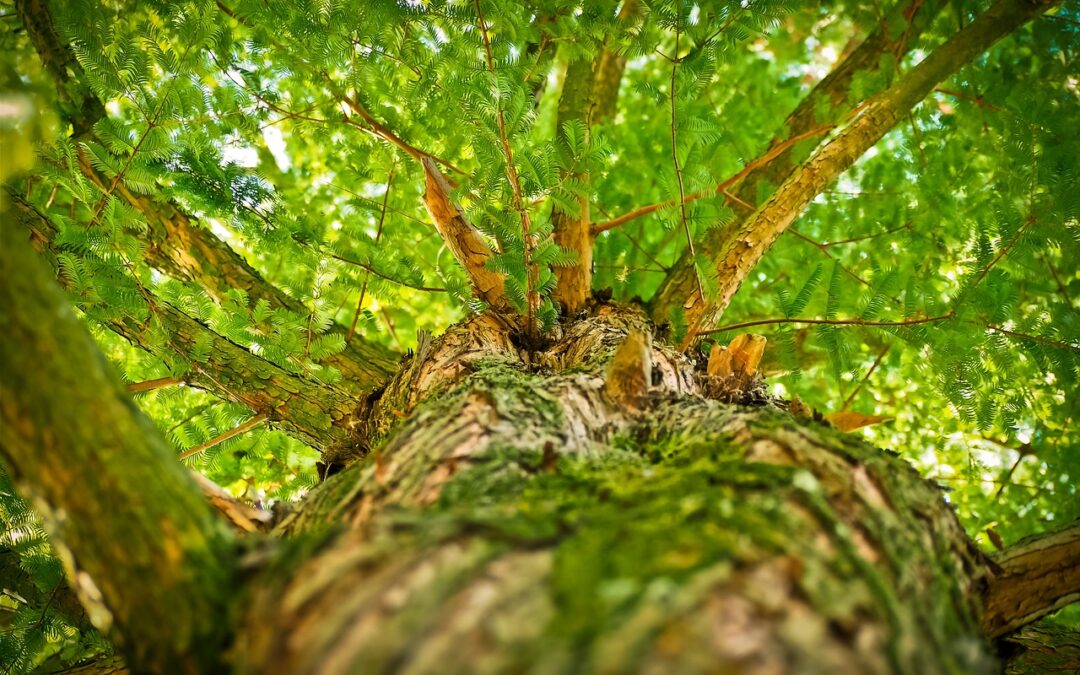Prepare to be transported into the mesmerizing realm of space discoveries as we embark on a journey through the wonders of the universe. In this article, we will unveil 20 extraordinary facts about space that are bound to leave you awe-struck and craving for more knowledge.
From the vast expanse of galaxies to the intricate formations of stars, space holds secrets that continue to captivate and intrigue scientists and stargazers alike. Brace yourself for a cosmic adventure like no other, where we will delve into the mysteries that lie beyond our planet.
Table of Contents
- The Moon is lemon-shaped.
- The Milky Way smells of rum, raspberries, and booze.
- On Mercury, a day is twice as long as a year.
- You could survive for a couple of minutes in a leaky spacesuit.
- The Sun will expand and become a Red Giant in about 5 billion years.
- Enceladus, one of Saturn’s moons, reflects 90% of the Sun’s light.
- The highest mountain in the solar system is Olympus Mons on Mars.
- The Whirlpool Galaxy (M51) was the first identified spiral celestial object.
- A light-year is the distance travelled by light in one year.
- Jupiter’s Great Red Spot is a persistent storm that has lasted for centuries.
- The Sun’s core temperature is about 15 million degrees Celsius.
- The Hubble Space Telescope can see back in time.
- Saturn’s rings are made up of countless icy particles.
- Black holes can distort and bend light.
- The Boomerang Nebula is the coldest known place in the universe.
- Dark matter, an invisible substance, makes up a significant portion of the universe.
- The cosmic microwave background radiation is residual heat from the early universe.
- Space is not completely silent; it contains sounds in the form of electromagnetic waves.
- The Andromeda Galaxy is on a collision course with the Milky Way.
- The International Space Station (ISS) is the largest human-made structure in space.
The Moon is lemon-shaped.
Details: Despite its appearance in the night sky, the Moon is shaped like a lemon, with flattened poles and bulges around its equator. This shape was likely formed during interactions with Earth soon after its formation.
How it was discovered: Scientists have studied the Moon’s topography and used various instruments, including lunar orbiters and impact probes, to map its surface and determine its shape.
The Milky Way smells of rum, raspberries, and booze.
Details: Astronomers discovered that a giant cloud of gas and dust at the centre of the Milky Way contains ethyl formate, a chemical responsible for the flavour of raspberries and the smell of rum. Another nearby region is rich in ethyl alcohol.
How it was discovered: Astronomers detected these chemicals using radio telescopes and spectroscopic analysis of the cloud’s composition.
On Mercury, a day is twice as long as a year.
Details: Due to Mercury’s eccentric orbit and alignment with the Sun, a day on Mercury (from sunrise to sunrise) lasts 176 Earth days, while a year on Mercury lasts 88 Earth days.
How it was discovered: Scientists have studied Mercury’s orbit and rotation using spacecraft, including NASA’s MESSENGER mission.
You could survive for a couple of minutes in a leaky spacesuit.
Details: Contrary to what is often portrayed in movies, exposure to the vacuum of space wouldn’t cause instant explosions. While it would be unpleasant, a person could survive for a short period, losing consciousness after about 10 seconds.
How it was discovered: Understanding of the effects of space exposure on the human body comes from scientific research and simulations conducted in controlled environments.
The Sun will expand and become a Red Giant in about 5 billion years.
Details: Scientists predict that in approximately 5 billion years, the Sun will deplete its hydrogen fuel and start expanding, becoming a Red Giant. Eventually, it will engulf the inner planets, including Earth.
How it was discovered: Through the study of stellar evolution and observations of other stars in various stages of their life cycles.
Enceladus, one of Saturn’s moons, reflects 90% of the Sun’s light.
Details: Enceladus’ icy surface reflects sunlight, resulting in temperatures as low as -394°F (-201°C). This moon has geysers that eject water vapour and icy particles into space.
How it was discovered: Observations made by the Cassini spacecraft, which orbited Saturn and performed close flybys of its moons, provided detailed data about Enceladus.
The highest mountain in the solar system is Olympus Mons on Mars.
Details: Olympus Mons, a shield volcano on Mars, reaches a peak of 16 miles (25 km) high, making it nearly three times taller than Mount Everest. It also has a vast area, approximately the size of Arizona.
How it was discovered: Space probes, including NASA’s Viking and Mars rovers, have captured high-resolution images and gathered data about the Martian surface.
The Whirlpool Galaxy (M51) was the first identified spiral celestial object.
Details: The Whirlpool Galaxy exhibits grand, spiralling arms composed of stars, gas, and space dust. These arms serve as regions of active star formation.
How it was discovered: Observational astronomers, using telescopes and photography techniques, identified and classified various galaxies, including the Whirlpool Galaxy.
A light-year is the distance travelled by light in one year.
Details: Light moves at a speed of approximately 186,282 miles (299,792 kilometres) per second. In one year, it can cover a distance of about 5.88 trillion miles (9.46 trillion kilometres), which is equivalent to one light-year.
How it was discovered: The concept of a light-year emerged as astronomers measured the vast distances between celestial objects using the speed of light as a reference.
Jupiter’s Great Red Spot is a persistent storm that has lasted for centuries.
Details: The Great Red Spot is a massive storm on Jupiter’s surface, with swirling clouds and intense winds. It has been observed for at least 400 years and is larger than Earth.
How it was discovered: Early astronomers, such as Giovanni Cassini and Robert Hooke, observed and documented the Great Red Spot using telescopes.
The Sun’s core temperature is about 15 million degrees Celsius.
Details: At the Sun’s core, the temperature reaches an astonishing 15 million degrees Celsius (27 million degrees Fahrenheit). This extreme heat is generated by nuclear fusion, where hydrogen atoms combine to form helium, releasing vast amounts of energy.
How it was discovered: Scientists have studied the Sun’s structure and properties using various methods, including solar observatories and space missions like NASA’s Solar Dynamics Observatory.
The Hubble Space Telescope can see back in time.
Details: Due to the vast distances and finite speed of light, observing objects in space allows us to see them as they appeared in the past. The Hubble Space Telescope has captured stunning images of galaxies billions of years old.
How it was discovered: By analyzing light from distant objects and understanding the expansion of the universe, scientists can determine the age and distance of these objects.
Saturn’s rings are made up of countless icy particles.
Details: Saturn’s rings consist of a vast collection of icy particles, ranging in size from tiny grains to large chunks. These particles orbit Saturn due to gravitational forces.
How it was discovered: Observations made by early telescopes revealed the presence of Saturn’s rings, and subsequent missions like NASA’s Cassini provided detailed images and data.
Black holes can distort and bend light.
Details: The immense gravitational pull of black holes can warp the fabric of spacetime, causing light to follow curved paths and creating gravitational lensing effects.
How it was discovered: Through careful observations of star positions and light deflection in the presence of massive objects, such as black holes.
The Boomerang Nebula is the coldest known place in the universe.
Details: The Boomerang Nebula, located about 5,000 light-years away, has an extremely low temperature of -272.15°C (-457.87°F), just 0.15 degrees above absolute zero.
How it was discovered: Scientists used radio telescopes and spectroscopic measurements to detect the temperature of the gas and dust in the nebula.
Dark matter, an invisible substance, makes up a significant portion of the universe.
Details: Dark matter is a form of matter that does not interact with light or other electromagnetic radiation, making it invisible. It is estimated to constitute about 27% of the universe’s mass-energy content.
How it was discovered: The presence of dark matter was inferred from gravitational effects observed in the motion of galaxies and galaxy clusters.
The cosmic microwave background radiation is residual heat from the early universe.
Details: The cosmic microwave background radiation is a faint glow of electromagnetic radiation spread throughout the universe. It is a remnant from the Big Bang and provides valuable insights into the early stages of the universe’s formation.
How it was discovered: The cosmic microwave background radiation was first detected in 1965 by Arno Penzias and Robert Wilson using a specialized radio antenna.
Space is not completely silent; it contains sounds in the form of electromagnetic waves.
Details: While space is a vacuum and sound waves as we perceive them cannot travel through it, electromagnetic waves emitted by celestial objects, such as pulsars and quasars, can be converted into audible frequencies.
How it was discovered: Instruments and radio telescopes are used to detect and convert electromagnetic waves into sounds that can be heard by humans.
The Andromeda Galaxy is on a collision course with the Milky Way.
Details: In about 4.5 billion years, the Andromeda Galaxy and the Milky Way are projected to collide and merge due to their mutual gravitational attraction. This event will reshape both galaxies.
How it was discovered: Observations of the motion and trajectory of the Andromeda Galaxy, combined with models of galactic dynamics and simulations, led to this prediction.
The International Space Station (ISS) is the largest human-made structure in space.
Details: The ISS is an orbiting space laboratory and living space for astronauts from multiple countries. It spans an area roughly equivalent to the size of a football field and has been continuously occupied since November 2000.
How it was discovered: The construction and continuous expansion of the ISS involved collaboration between space agencies worldwide, such as NASA, Roscosmos, ESA, JAXA, and CSA.













0 Comments